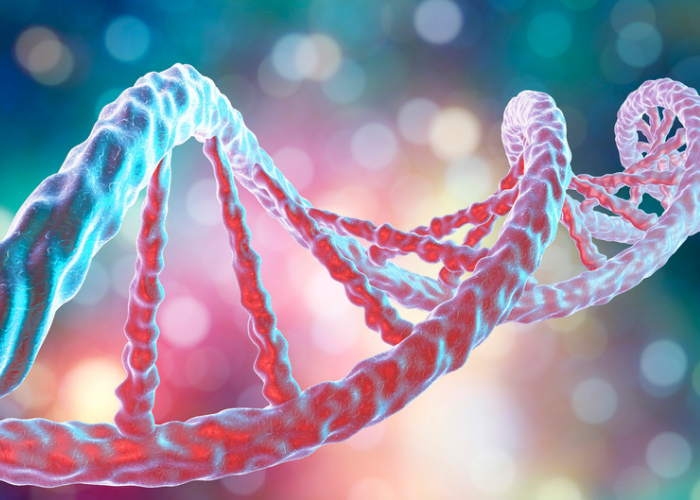The primary difference between small and large molecules is their molecular weight and size. Small molecules typically have a molecular weight of less than 900 daltons and consist of simple organic molecules that can be synthesized chemically. Large molecules, on the other hand, are much larger and more complex and are typically composed of biologically derived polymers such as proteins, nucleic acids, or polysaccharides.
Here are some other key differences between small and large molecules:
- Size and structure: Small molecules are generally less complex in their structure than large molecules. They are typically made up of fewer atoms and have a simpler three-dimensional structure, which makes them easier to synthesize and manipulate. Large molecules, on the other hand, are more complex in their structure and have a larger number of atoms and a more intricate three-dimensional shape.
- Method of production: Small molecules can be synthesized chemically, which makes them easier to manufacture and less expensive than large molecules, which are often produced through complex biological processes.
- Target: Small molecules are typically used to target intracellular pathways, while large molecules are used to target extracellular pathways, such as cell surface receptors.
- Therapeutic uses: Small molecules are often used to treat diseases that are caused by specific biochemical pathways or enzymes, while large molecules are used to treat diseases that are caused by abnormal protein expression or signaling.
In summary, the key differences between small and large molecules relate to their size, complexity, structure, and method of production. Understanding these differences is important for developing effective drugs and therapies that target specific diseases or conditions.

